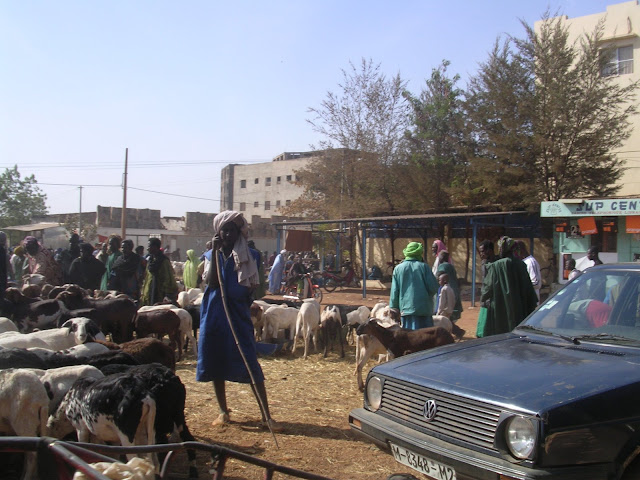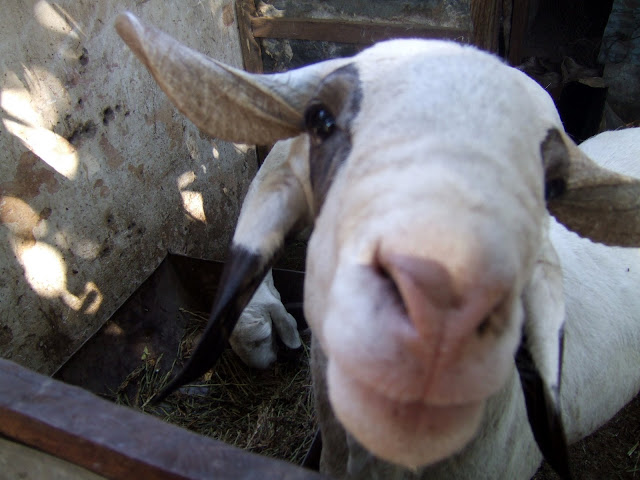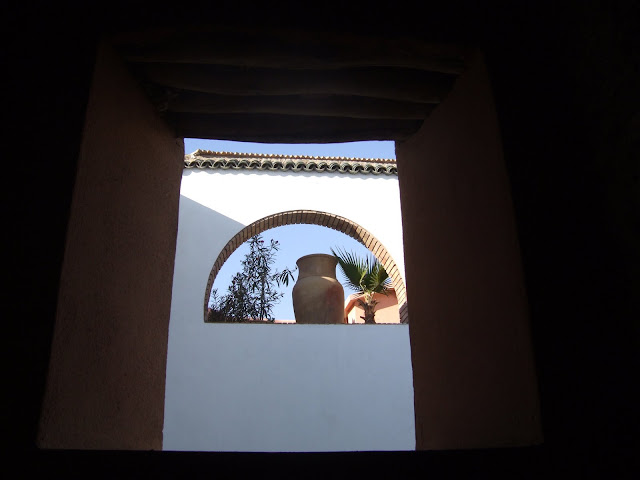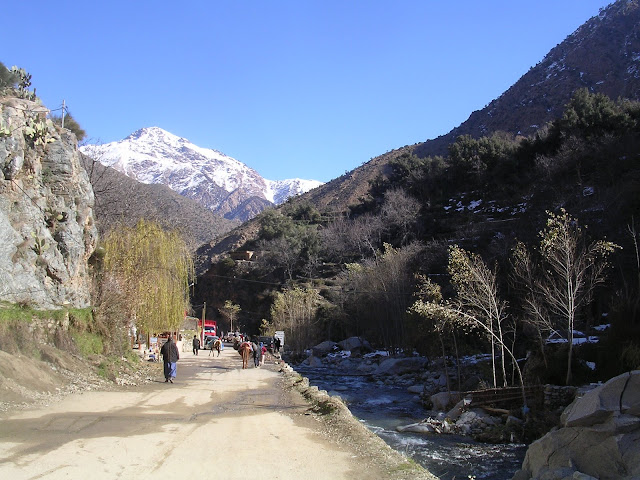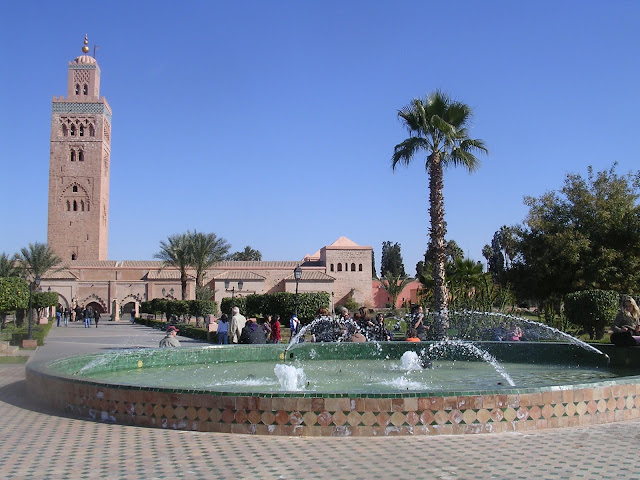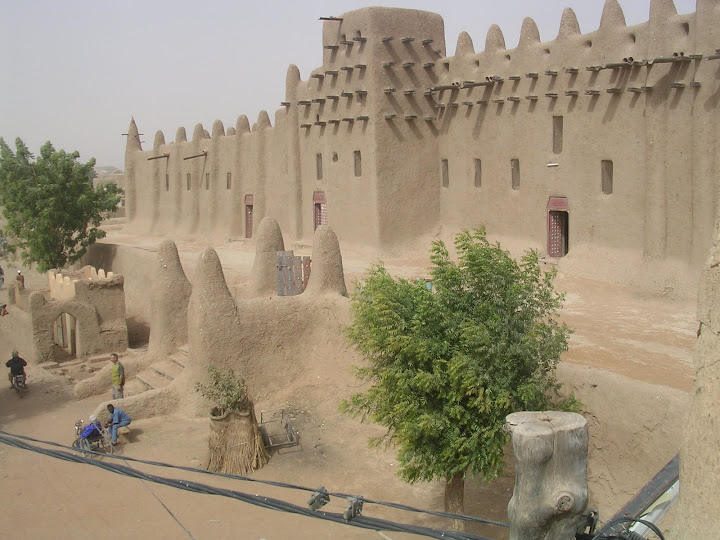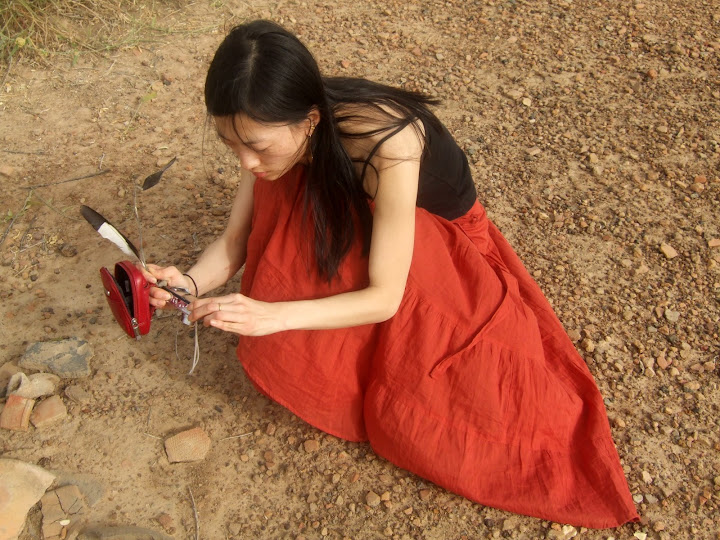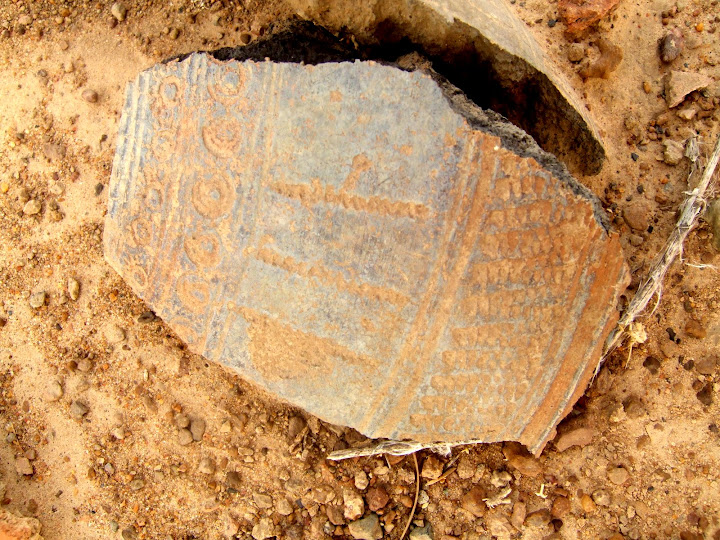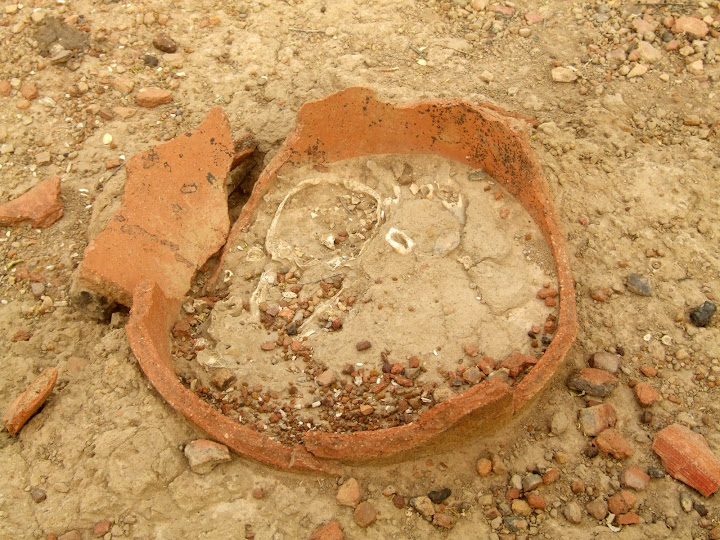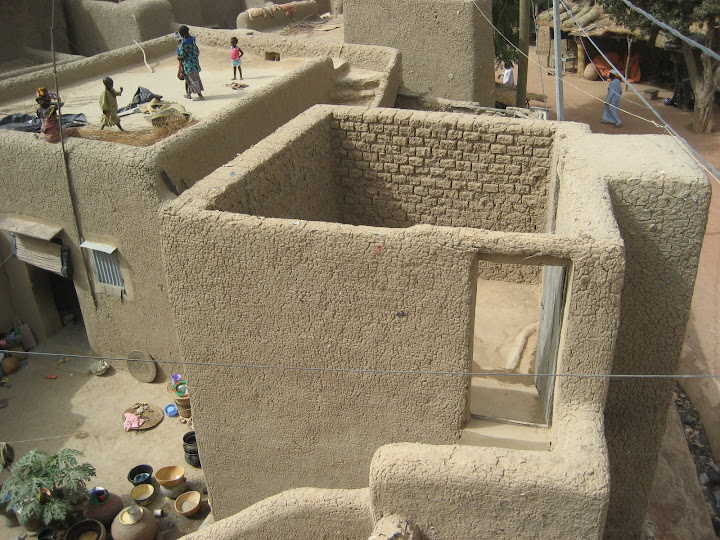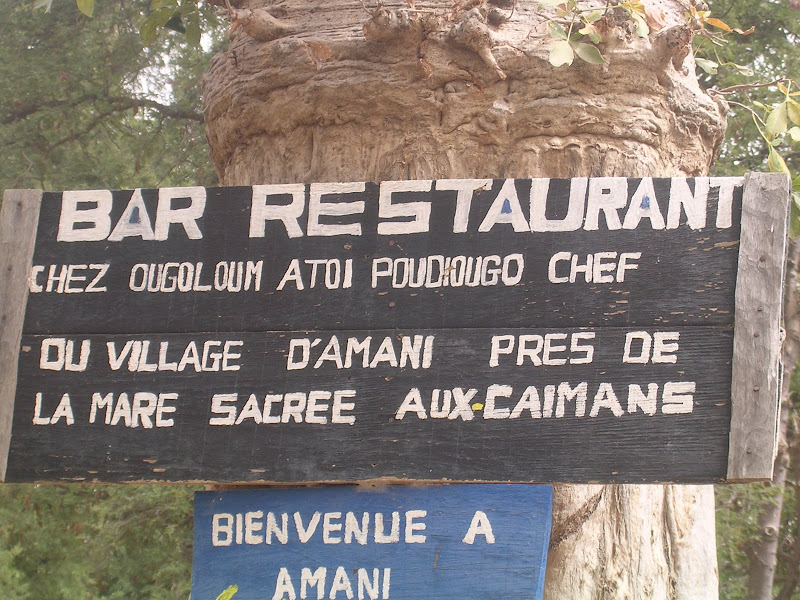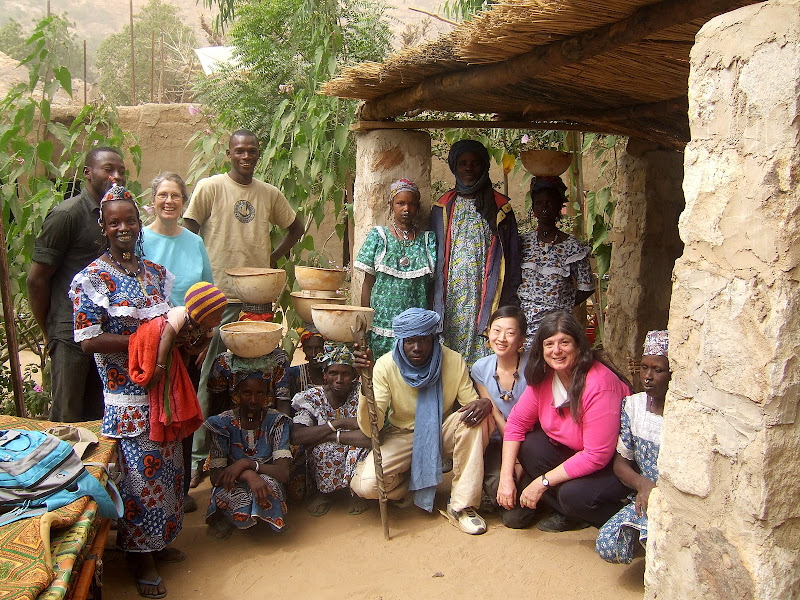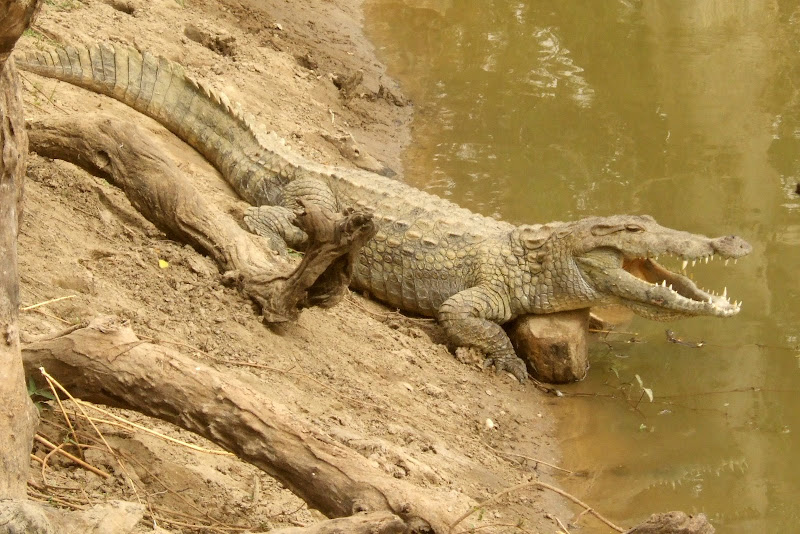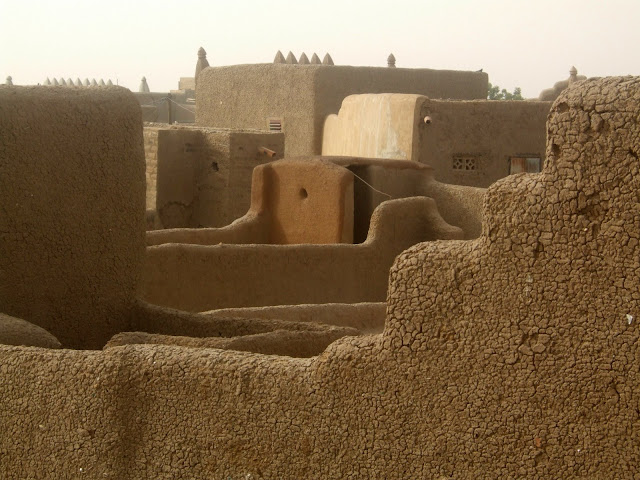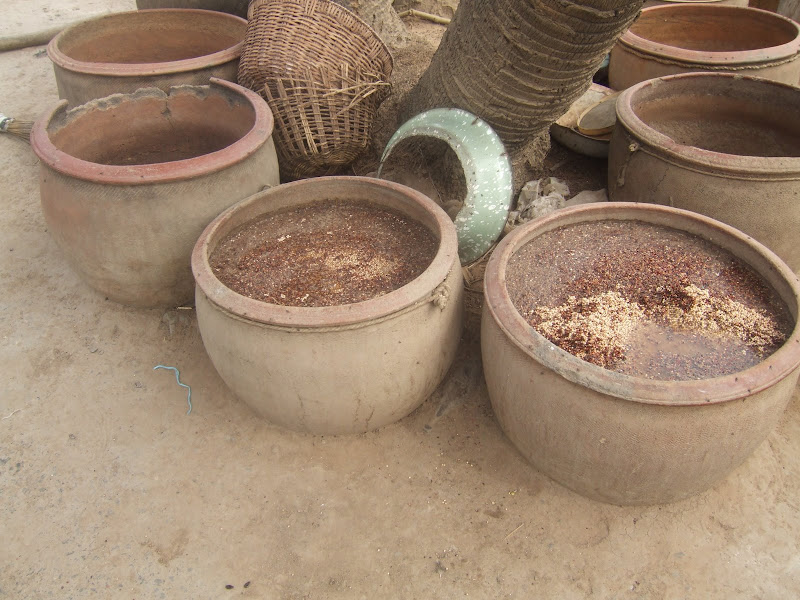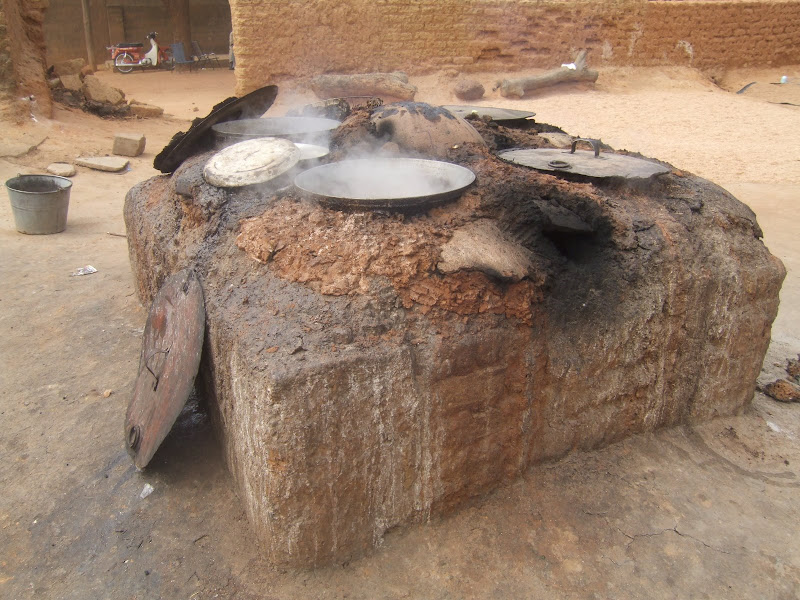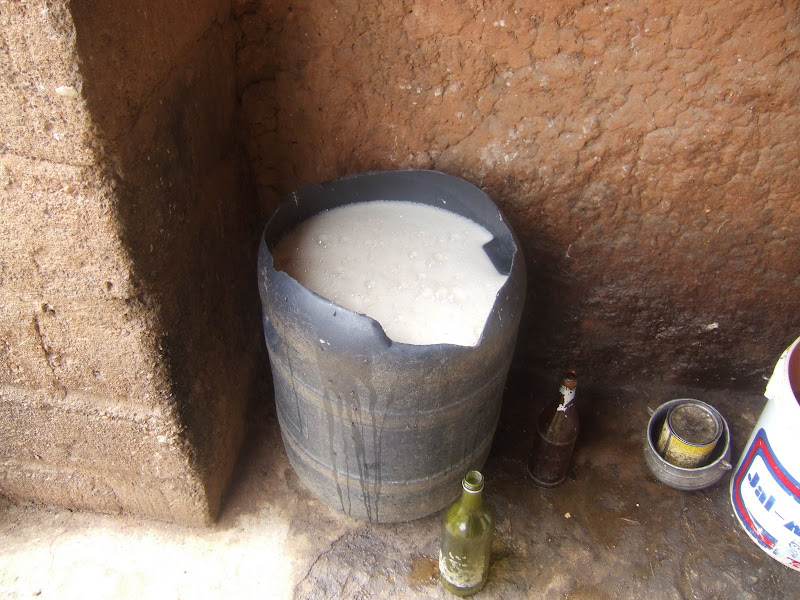The River Where We Live
While we were in Toronto, we caught a couple of the films at HotDocs, Canada's international documentary film festival.
We were fortunate to see The River Where We Live, by Sylvain d'Esperance. This meditative view of the river, the land, and the people living along the Niger Inland Delta (in the region of Mopti in Mali) paints a remarkable story of a people struggling to continue their traditional lives in the face of increasing desertification that is steadily eroding that possibility.
For me the most poignant interview was with a Bozo fisherman who said he was agonized that he could not arrange to get an education for his children, and had tried hard to find a family who would keep them in Mopti so they could go to school. He knew there was no future for them as fishermen as the catch steadily declined. And he had seen how his lack of education had made it impossible for him to get a job in the city. But on the other hand, the family always felt terrible when they stayed in town, and were so happy and healthy when they returned to their encampment on the river.
We had a nice chat with the filmmaker afterwards. One thing he told us that really struck me was that he really understood only very little of the interviews when he was in Mali shooting -- he let his interpreter conduct them in Bambara and Peul. Only when he was back in Montreal having his African friends there translate them did he begin to see the whole picture that he had captured.

